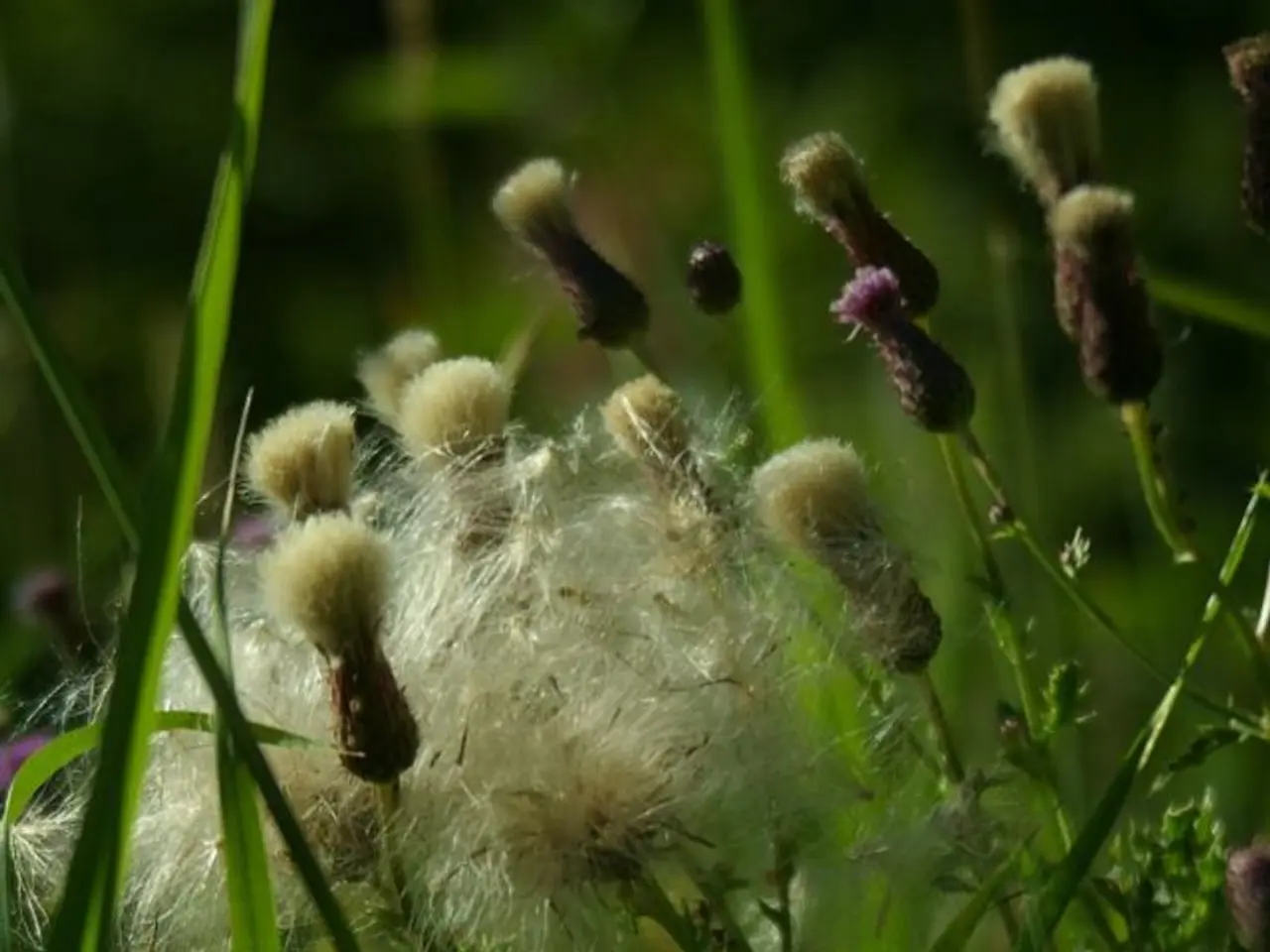Agricultural Drone Surveillance for Temperature Analysis and Crop Health Assessment
In the ever-evolving world of agriculture, thermal drone technology is making a significant impact, particularly in water-scarce regions. These high-tech tools are helping farmers move towards a more intelligent, sustainable future.
By employing infrared sensors, thermal drones can detect crop stress, water issues, pest infestations, and nutrient deficiencies at an early stage—often before visible symptoms become apparent. This proactive approach enables farmers to apply precise interventions, such as adjusting irrigation, nutrient distribution, and pest control, optimizing resource use and maximizing crop performance.
One of the key advantages of thermal drone services is their ability to generate high-resolution crop health maps. These maps reveal temperature anomalies linked to drought, compaction, or nutrient stress, allowing targeted action to prevent yield loss. In addition, thermal drones improve water management by locating areas of under- or over-irrigation, conserving water and supporting healthier plant growth.
Early pest and disease detection is another significant benefit. Physiological stress changes leaf temperature, which thermal imaging captures promptly. A real-world case demonstrates this, as thermal imaging helped detect a spider mite infestation in soybeans, saving time, money, and yield by enabling targeted treatment.
Furthermore, the integration of thermal drone data with AI and multispectral imaging enhances the assessment of chlorophyll levels, an indicator of plant nitrogen status. This helps farmers apply fertilizers more efficiently and sustainably while boosting yields. The precision agriculture approach reduces unnecessary chemical use, lowers costs, and minimizes environmental impact.
The final deliverable of a thermal drone service includes geo-referenced heat maps, colour-coded problem zones, and recommendations based on findings. These services combine drone flight operations, specialized thermal sensors, and post-processing analytics to offer actionable insights.
In the realm of greenhouse and controlled environment agriculture (CEA), thermal imaging is also valuable. It can identify airflow and temperature inconsistencies, malfunctioning climate controls, and pest harborage zones.
In conclusion, thermal drone services are revolutionising agriculture by enabling proactive, data-driven crop management. They improve plant health and increase yields through precision monitoring of water, nutrients, and stress factors across large or complex farm areas. As a result, these services are becoming increasingly valuable for producers due to their ability to provide early detection, precision response, and measurable ROI.
Thermal drone technology, a crucial component of data-and-cloud computing, plays a pivotal role in the revolution of agriculture by offering high-resolution crop health maps thatdetect and address water issues, crop stress, pest infestations, and nutrient deficiencies, thereby improving resource use and crop performance.This precision monitoring and control strategy employing technology also offers numerous benefits in controlled environment agriculture (CEA), such as identifying airflow and temperature inconsistencies, malfunctioning climate controls, and pest harborage zones.




